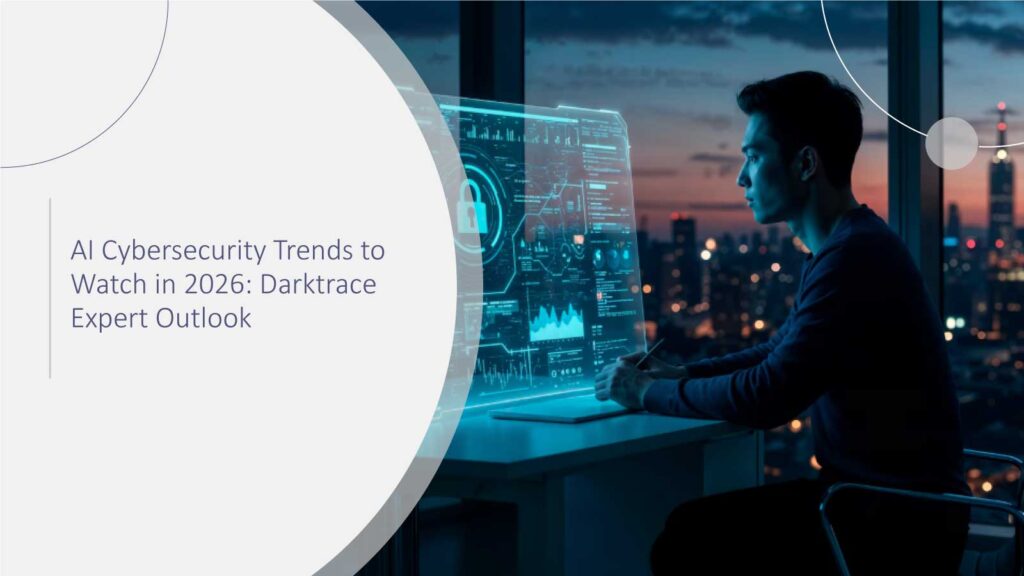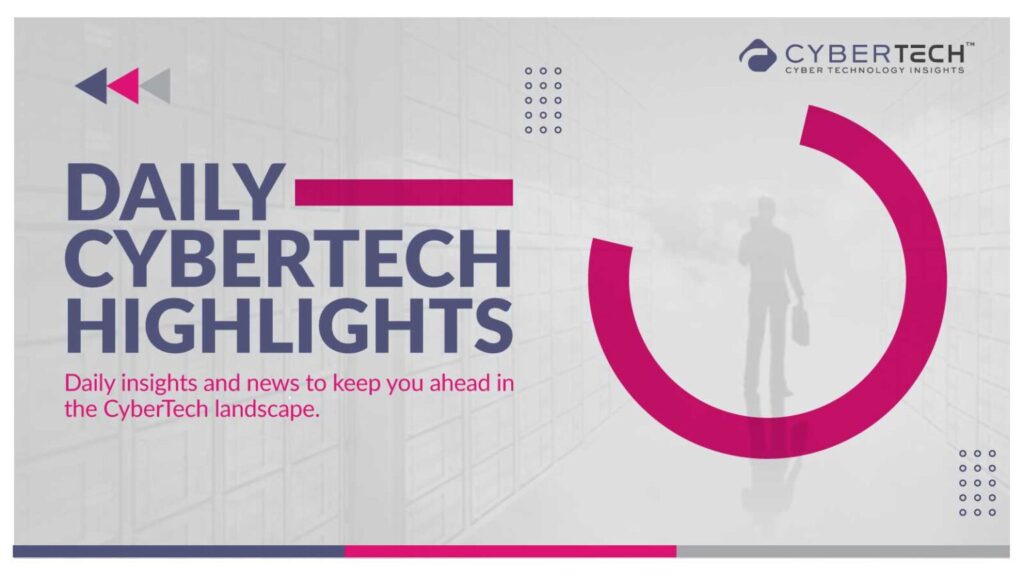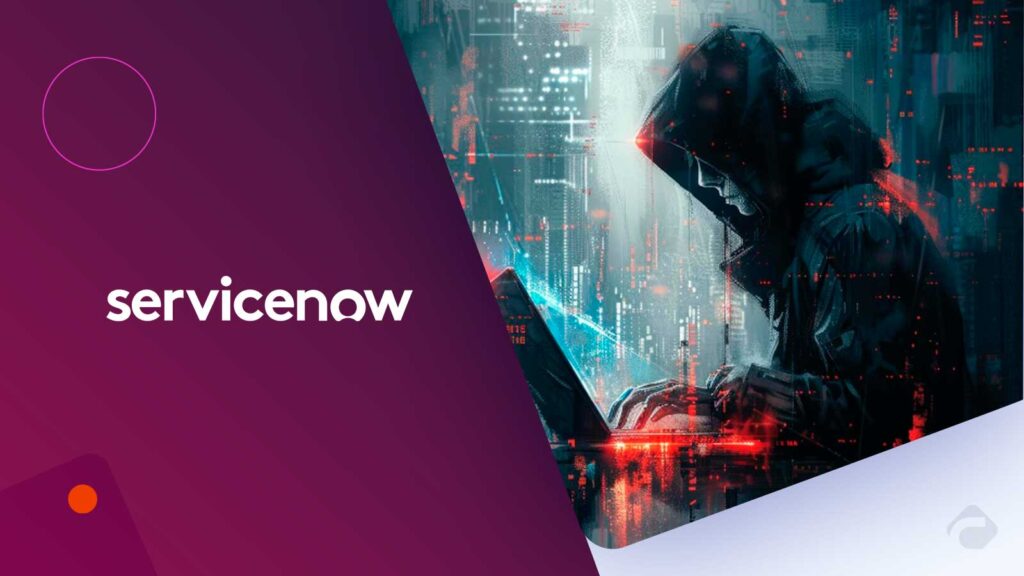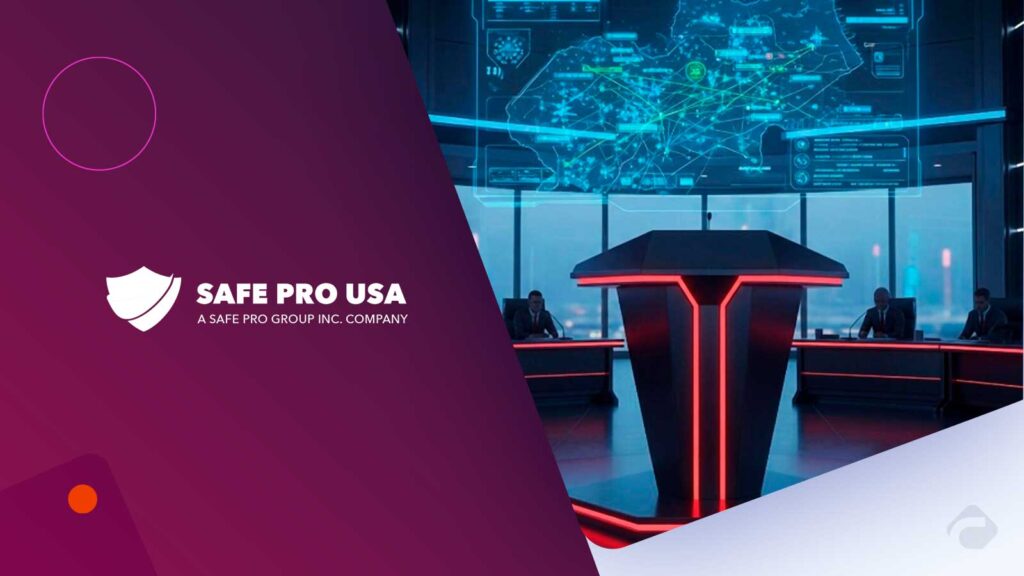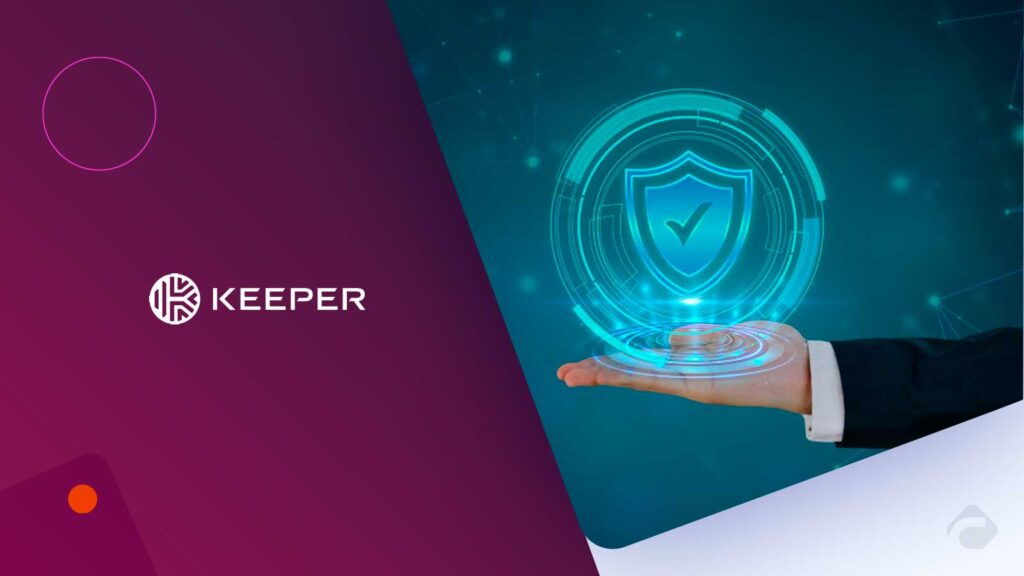Ransomware has transitioned from a nuisance targeting individual users to one of the most disruptive cyber threats. The last few years have seen ransomware attackers shut down critical infrastructure. They’ve halted manufacturing lines and compromised the sensitive data of millions.
The unique component of ransomware is that it collapses operations. While at the same time, someone is holding the organization hostage for a monetary payment. Ransomware protects no business. As threat actors are more sophisticated in their attacks. And they will likely start sharing the profit by adopting Ransomware as a Service (RaaS). For Chief Information Security Officers (CISOs) and other IT leads, understanding ransomware is a requirement for developing cyber resilience.
Definition and Meaning
The name itself combines “ransom” and “software.” It reflects its extortion-based nature. When a ransomware attack occurs, victims often face two equally challenging dilemmas. It is paying the ransom, which doesn’t guarantee data recovery. Eventually, risking permanent data loss and extended operational downtime.
According to Fortinet, “Ransomware is a form of malware that Cybercriminals use to steal data and hold it captive. They only release the data when they receive a ransom payment.”
As per CISA’s Definition, Ransomware is an ever-evolving form of malware designed to encrypt files on a device, rendering any files and the systems that rely on them unusable.
Ransomware, a type of malware, blocks access to a computer or files and encrypts files. Thus, it is making users unable to access them until they pay a ransom. Unlike other malware types that focus on stealing your data or spying on you. They specifically design it to create leverage by locking up your critical files and demanding payment.
Today, more sophisticated types largely replace rote ransomware and offer a better return on investment for criminal groups. These are now using double extortion methods. They lock or otherwise deny access to data, steal data, and threaten to release or leak the data publicly if someone does not pay a ransom. This dual threat has increased pressure on the victims of ransomware attacks. The double extortion model has created a large, lucrative and underground economy. Some groups have offered ransomware-as-a-service (RaaS) for less competent attackers with a range of skills.
How Ransomware Attacks Work
Ransomware allows cybercriminals to keep finding ways to get into systems. They encrypt the most vital data, and then demand that organizations pay back. Understanding It’s lifecycle helps organizations quickly detect threats and build effective security strategies.
1. The Beginning and Infection Methods
Like other malware attacks, ransomware attacks usually begin with a successful entry into a system. One of the most widely used methods of malware entry is sending spear phishing emails. These contain a malicious attachment/payload or access to a web link that downloads malware. These types of socially engineered attacks are designed to trick employees into downloading ransomware. Sometimes can be bypassing their security controls by providing credentials. Other common entry points are weak configurations of the Remote Desktop Protocol (RDP). Unpatched software vulnerabilities, third-party applications, or supply chains. In some cases, cybercriminals will use login credentials. They purchase on the dark web. Giving them access to the system without ever using traditional entry points.
2. Privilege Escalation and Lateral Movement
Once the ransomware successfully enters an organization’s network, the attackers will typically look to achieve administrative rights with the ultimate goal of lateral movement. After achieving administrative rights, attackers will typically disable any security tools, delete shadow copies (to make it harder to restore afterwards), and map out critical servers and backup servers. Some families will also access endpoints that are connected to the corporate domain, where they can rapidly deploy the attack and increase the severity level of damage.
3. Encryption and Ransom Note Delivery
After mapping the network and identifying high-value data, the ransomware locks files using encryption algorithms. Improper segmentation often makes backups unusable. Attackers will provide a ransom note, usually in the form of text or HTML, that provides victims instructions on how to pay (typically in cryptocurrencies like Bitcoin) for the decryption key.
4. Ransomware as a Service (RaaS)
An emerging trend is Ransomware as a Service (RaaS), where developers create and sell ransomware kits bug-to-bug that are ready to deploy to affiliates. This allows even the most unskilled criminals to use commercial deadly attacks, thus leading to the explosion of ransomware attacks. The affiliates will receive the ransom as profit with the ransom creators, and it can be a considerable profit. It creates a whole underground economy.
5. Extortion Techniques
Most of the organizations now also perform double extortion by stealing sensitive data and copies of it before encryption takes place. Then threatened to leak it out if the ransom is not paid. Some have even moved to the practice of “triple extortion” since it levels up and therefore grabs additional ransom threats to put additional pressure on businesses by targeting partners, customers, or issuing DDoS threats.
In short, ransomware attacks are not the opportunistic as they were once thought to be. They are organized and funded operations that can place businesses into insolvency. And have the potential to disrupt entire industries.
Types of Ransomware
Ransomware has many forms, each with different approaches and combined consequences. Knowing the different types of it will allow security teams to develop more targeted defenses.
1. Crypto Ransomware
By far the most common is crypto ransomware, which encrypts files to make them inaccessible to users. Victims are given a timeframe to remit payment for a “decryption key,” or they could face permanent data loss. The 2017 WannaCry attack (which was able to infect more than 200,000 systems across 150 countries) is a famous example of this.
2. Locker Ransomware
Locker ransomware locks users out of their devices altogether rather than locking files away. Victims see a ransom note on the screen of the locked device, which cannot access any functions or applications. While not as frequent as encryption-based ransomware, it can still cause long periods of operational downtime, particularly for businesses whose work function is dependent on operational capacity; for example, healthcare and finance, among many other sectors.
3. Scareware
Scareware is a tactic that pretends to be security software or a legitimate system warning that tricks users into believing their device is infected or has been compromised in other ways. Victims are asked to pay for “removal tools”, “fixes,” and the like, which do nothing or merely install more malware.
4. Double Extortion Ransomware
Among the most aggressive variants, double extortion ransomware makes us of techniques to encrypt the victim’s data while stealing it simultaneously, with the attacker threatening to leak the data if a ransom is not paid. Conti and LockBit groups are among the more notorious that make use of double extortion and both target large enterprises and critical infrastructure.
5. Ransomware-as-a-Service (RaaS)
Ransomware-as-a-Service (RaaS) is a business model for cybercriminals to either buy or rent toolkits, but it is not a type in itself. In this model, affiliates launch the attacks, with revenue split between the affiliates and original developers. The family of Ryuk and LockBit makes use of the affiliate model, which lowers the barrier to entry into attacks.
The range of ‘types’ of ransomware and their sophistication shows just how quickly cybercriminal efforts are changing. The evolution of these methods makes detection and prevention difficult, which warrants the need for layered defenses as well as complex incident response planning.
Major Ransomware Attacks and Their Impact
Ransomware attacks, once isolated incidents that cybercriminals launched for money, have now grown into massive attacks that can endanger critical infrastructure and even disrupt entire supply chains.
1. Colonial Pipeline (2021)
In May of 2021, the Colonial Pipeline, the largest petroleum pipeline in the US, was compromised by the hacking group DarkSide. This attack shut down the pipeline, which caused a fuel shortage situation and panic buying in the Southeastern states. (Source: United States Department of Justice, 2021). Colonial Pipeline ended up paying a ransom of $4.4 million in bitcoin. Some of this bitcoin was later recovered by U.S. authorities.
2. WannaCry (2017)
The WannaCry pandemic took just days to infect over 200,000 computers in 150 countries. WannaCry was special in that it focused on a vulnerability in Windows (The floppy disk may soon be replaced. The average user will never have reason to use floppy disks again.). In addition to infecting a massive number of computers, WannaCry was able to affect organizations’ healthcare services. In the UK, the National Health Service (NHS) was significantly impacted, to the point where the NHS was cancelling appointments and redirecting emergency patients. Financial losses attributed to WannaCry worldwide are estimated at $4 billion. (Sources: Europol and Microsoft Security Response Center.)
3. JBS Foods (2021)
JBS Foods, a worldwide player in meat processing, made $11 million ransom payment to return to operations after an attack from REvil. The attack disrupted meat supply and production processes in North America and Australia showing how ransomware can affect food security. (Source: JBS Foods Statement; FBI Briefing)
4. The NHS attacks (2017)
The NHS was one of the most high-profile WannaCry victims. Hospitals and GP practices lost access to necessary patient data and contact systems, resulting in cancelled procedures and even the suspension of some emergency services. Although no ransom was paid, the cost of recovery was about £92 million. (Source: The UK National Audit Office, 2018)
These examples show how ransomware impacts far beyond information technology systems. That put the public at risk. Disrupted essential services and caused a substantive economic impact. For many businesses, the total cost of an attack includes more than ransom payments; it includes downtime, lost productivity, reputational loss, and regulatory fines.
Why Organizations Are At Risk
Despite the still-growing awareness around ransomware, there are still a multitude of reasons why organizations unnecessarily remain significantly exposed due to a combination of technology, organization, and human factors.
Consider, for instance, the age of the IT infrastructure. Many organizations are still running legacy systems that cannot be easily patched or are unsupported by vendors altogether. According to the Sophos’ State of Ransomware 2024 report, 66% of organizations globally experienced a ransomware attack in 2023, in which unpatched software vulnerabilities were reported as a top cause.
Relatedly, human error represents another major vulnerability for organizations. With employees routinely falling victim to phishing campaigns, often as a means to introduce ransomware, human error is another common entry point. In Verizon’s 2024 Data Breach Investigations Report, the authors reported that 74% of breaches had a contributing human element that included misconfigurations, phishing, and credential theft. Accordingly, while many organizations employ the latest and greatest security technology, training and awareness of their employees will continue to be a major differentiator in seeing success against attacks.
Lastly, complexities in supply chains often increase risk. More often than not, attackers use smaller third-party vendors to attack larger organizations, as was the case in the Kaseya ransomware incident that impacted hundreds of downstream businesses. As organizations go through digital transformation and remote/hybrid work, attack surfaces broaden, allowing for additional points of entry for cybercriminals.
The Future of Ransomware
Ransomware is developing at a record rate, with technological advancements and a booming cybercrime economy. Perhaps the most notable change is the employment of artificial intelligence (AI) and machine learning to conduct automated attacks. Also, to detect high-value targets and avoid detection. It enables attackers to execute highly tailored attacks in volume, enhancing success rates and minimizing detection time.
Another increasing threat is targeting operational technology (OT) and Internet of Things (IoT) devices. Sectors of critical infrastructure. Energy, manufacturing, and transportation are particularly vulnerable. These systems tend to be built using legacy technology with little in the way of contemporary security controls. The IT-OT convergence has bred a greater attack surface, which cybercriminals are leveraging to create maximum disruption.
Ransomware players are also embracing multi-extortion tactics, layering pressure on top of encryption and data exfiltration. New groups now practice “triple extortion,” which involves threatening customers, suppliers, or conducting Distributed Denial-of-Service (DDoS) attacks to extort payments.
Geopolitical events make the landscape even more daunting. State-sponsored actors have allegedly funded or abetted ransomware operators who share strategic interests with their organizations, obfuscating the distinction between cybercrime and cyberwarfare.
The ransomware future requires an active, intelligence-led defense strategy. Cyber resilience is something that must be prioritized, including the use of advanced detection and response technology, and frequent updating of incident response plans in order to remain ahead of this dynamic threat.
FAQs
1. What is the primary objective of ransomware?
Ransomware seeks to deny access to systems of vital importance or encrypt information and ransom it, usually in the form of cryptocurrency, in exchange for access restoration or keeping the information secret.
2. Are businesses supposed to pay a ransom when attacked?
Law enforcement officers, such as the FBI, recommend that they don’t pay because it doesn’t always lead to data restoration and can promote more attacks. Instead, concentrate on backups and expert incident response.
3. How do small businesses defend against ransomware?
Utilize robust endpoint security, educate staff on recognizing phishing, maintain data backups offline regularly, and keep all systems and software up-to-date.
4. Can ransomware attacks be eliminated entirely?
No product provides 100% protection, but a multi-layered strategy, firewalls, antivirus, Zero Trust models, and user awareness. dramatically lowers risk.
5. In what ways is ransomware different from other malware?
The majority of malware intends to steal information or quietly cause damage, whereas ransomware directly locks data or systems and requires payment to restore.



